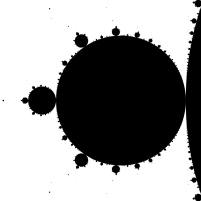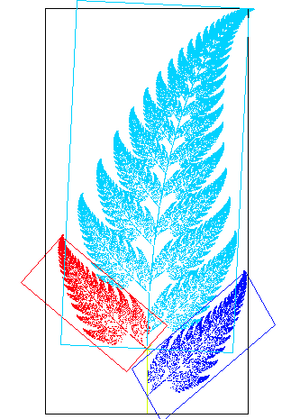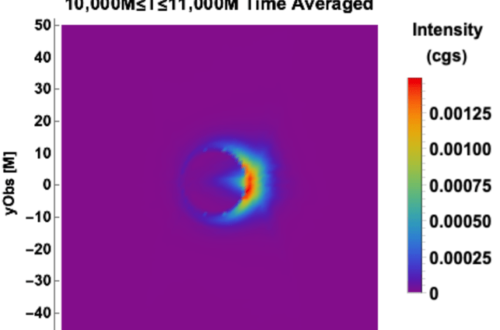One thing that has always confused me since I was a bachelor: What is a power law?
According to Wikipedia: “In statistics, a power law is a functional relationship between two quantities (y, x), where a relative change in one quantity results in a proportional relative change in the other quantity, independent of the initial size of those quantities: one quantity varies as a power of another.” That is,
y = c x –k,
where c is a constant and k is the power-law index. Well apparently, it seems that a power law is just a mathematical definition! However, you might feel surprised when I tell you that more than a hundred power-law relationships have been identified in multiple fields including physics, astronomy, biology, social science, and so on. In astronomy, in particular, numerous important relationships can be described by a power law.
When a population of stars forms, for example in a large molecular cloud, the distribution of their masses follows a power law. The square of the period (P) of a planet rotating its host star is proportional to the cube of its orbital radius (a), P2 ∝ a3. The distribution of the energy of the non-thermal particles accelerated by supernova shocks can be described by a power law. The spectrum of synchrotron radiation emitted by non-thermal particles is also a power law. When a supermassive black hole is devouring a Sun-like star, the gravitational potential between them will finally be converted into strong radiation resulting in a flare peaking at optical/UV bands. The flux of the flare declines at a rate consistent with t -5/3, where t is the time after the peak of the flare.

But why are there way many relationships in astronomy power laws? Sad news, I do not have an answer! To understand this question a bit, maybe it is a good idea to think about another mathematical concept: the fractal. “In mathematics, the fractal is a term used to describe geometric shapes containing detailed structure at arbitrarily small scales …” as described in Wikipedia. For simplicity, A fractal appears self-similar at various scales, i.e., it has the same shape of a part of itself. Real fractals do not exist but lots of objects in nature, such as leaves, coastlines, seashells, snowflakes, lighting, and so on, look self-similar at many but limited scales. One reason could be that fractals have low Kolmogorov complexity and nature favors an easier way to represent itself!

Power laws are different from fractals in definition, however, they also show some self-similarity, i.e. the shape of a power law looks the same as any part of it. This means the physical mechanisms behind these power laws try to be self-consistent at different scales. As mentioned above, objects which are self-similar in nature have low Kolmogorov complexity. If this works for power laws, it means that the physical mechanisms behind power laws have some low complexity, that is why power-law relationships are so common in astronomy. Is it true? Does this also mean our Universe is trying to decrease its complexity via power laws? I have no idea. And what is your point?


